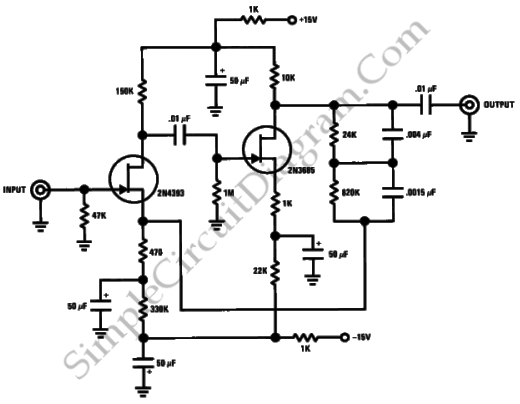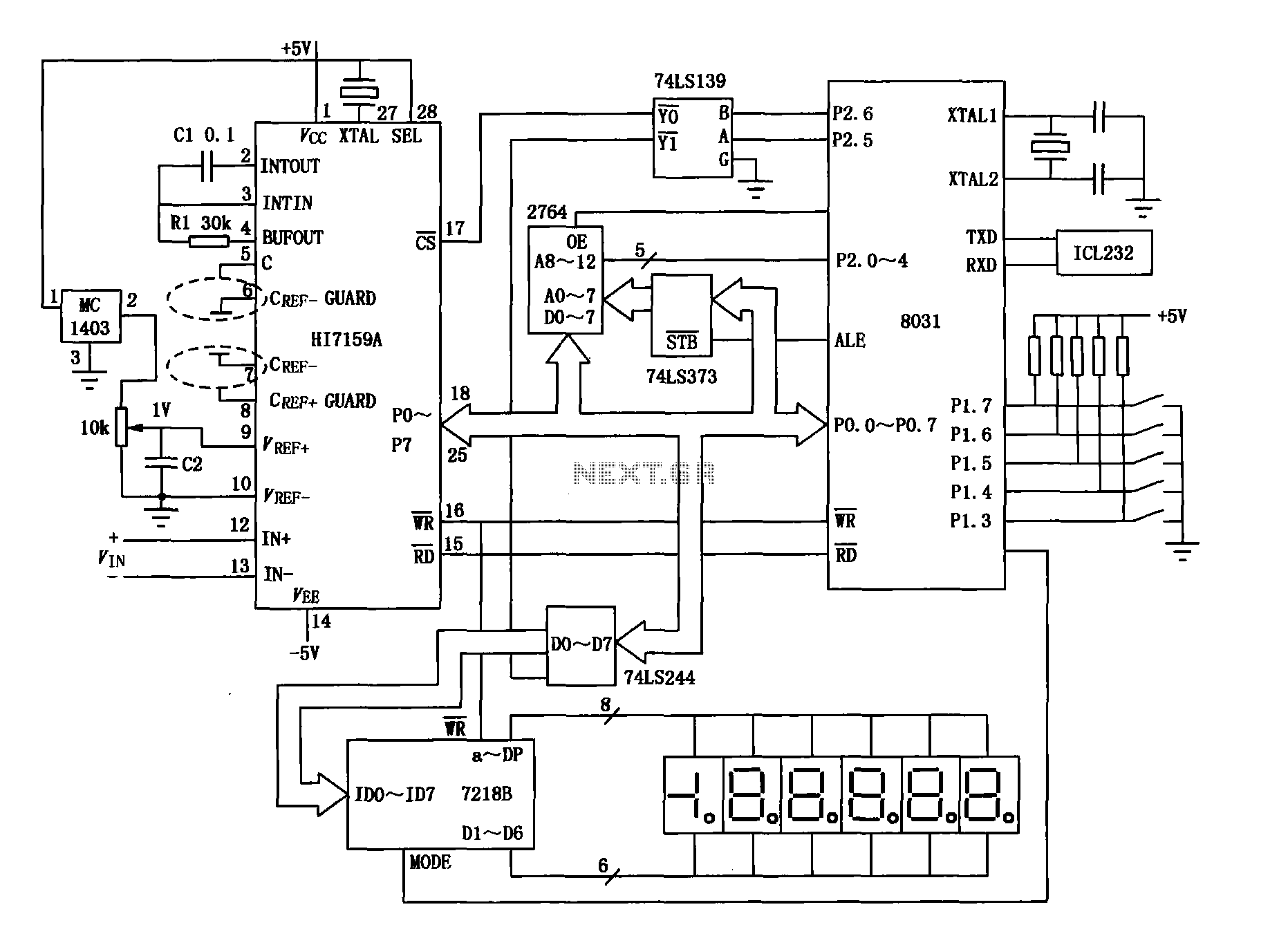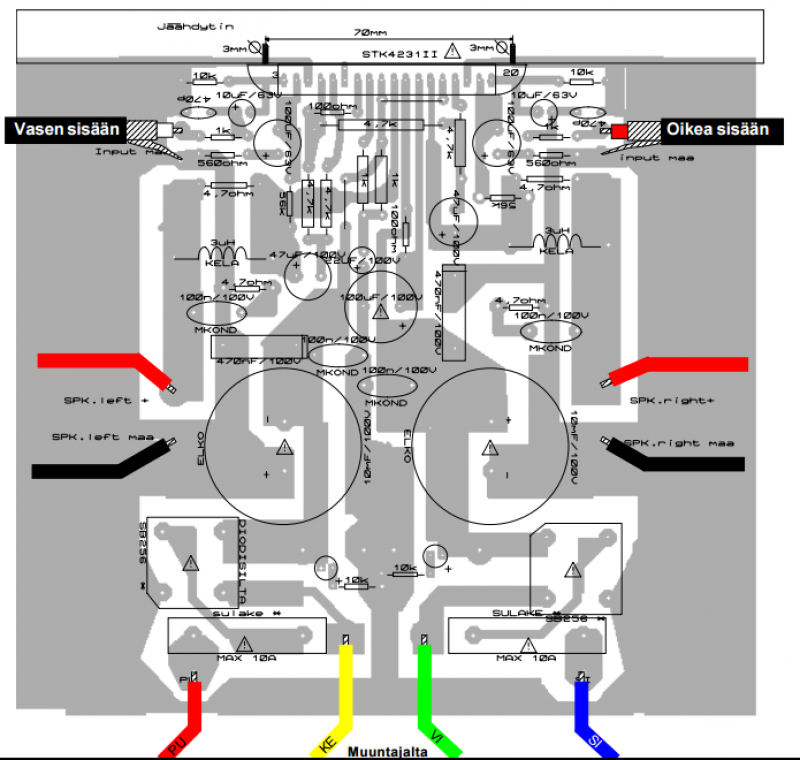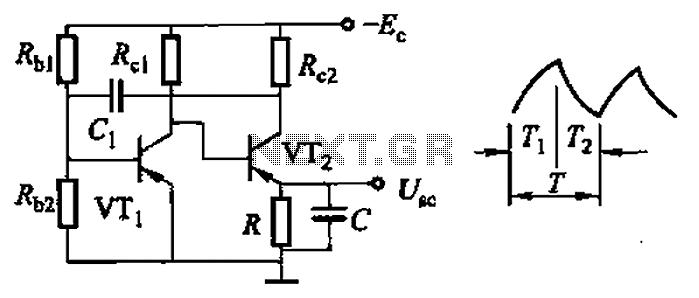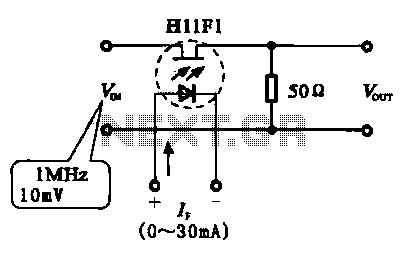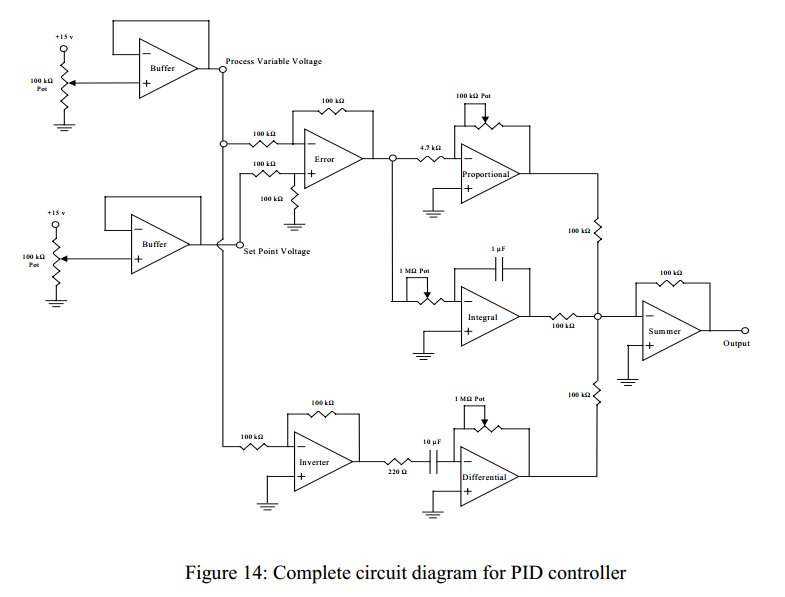
Audio Tube Preamplifier Circuit 6DJ8 / ECC88 SRPP
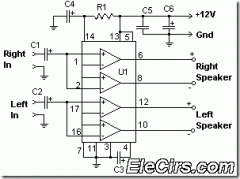
This device, available in a Stainless DIL 8 package, is capable of measuring four independent analog voltages ranging from 0 to 5 volts. It transmits the measurement results as four characters via a standard asynchronous serial link.
The described device is an analog voltage measurement system designed for integration into various electronic applications. It utilizes a Stainless DIL 8 package, which is a dual in-line package (DIP) that accommodates eight pins. This compact form factor is suitable for embedding in printed circuit boards (PCBs) and is commonly used in consumer electronics, industrial applications, and educational projects.
The core functionality of the device is its ability to measure four independent analog voltage inputs, each capable of operating within a range of 0 to 5 volts. This feature allows for the monitoring of various sensor outputs or other analog signals. The analog-to-digital conversion process within the device translates these voltage levels into digital data, which can be processed or displayed as needed.
The output of the device is transmitted through a standard asynchronous serial link, which is a widely used method for serial communication. This interface allows for easy integration with microcontrollers, computers, or other digital systems. The output data is formatted as four characters, representing the measured voltage levels, making it simple for receiving systems to interpret the information.
In summary, this device serves as a versatile analog measurement tool, providing essential functionality for applications requiring voltage monitoring and data transmission in a compact, efficient package. Its design emphasizes ease of use, compatibility with standard communication protocols, and reliable performance in a variety of electronic environments.This tour, available in Stainless DIL 8 legs, can measure 4 analog voltage independent between 0 and 5 volts, and send the result of this measure in the form of four characters on a standard asynchronous serial link. Its serial output is di.. 🔗 External reference
The described device is an analog voltage measurement system designed for integration into various electronic applications. It utilizes a Stainless DIL 8 package, which is a dual in-line package (DIP) that accommodates eight pins. This compact form factor is suitable for embedding in printed circuit boards (PCBs) and is commonly used in consumer electronics, industrial applications, and educational projects.
The core functionality of the device is its ability to measure four independent analog voltage inputs, each capable of operating within a range of 0 to 5 volts. This feature allows for the monitoring of various sensor outputs or other analog signals. The analog-to-digital conversion process within the device translates these voltage levels into digital data, which can be processed or displayed as needed.
The output of the device is transmitted through a standard asynchronous serial link, which is a widely used method for serial communication. This interface allows for easy integration with microcontrollers, computers, or other digital systems. The output data is formatted as four characters, representing the measured voltage levels, making it simple for receiving systems to interpret the information.
In summary, this device serves as a versatile analog measurement tool, providing essential functionality for applications requiring voltage monitoring and data transmission in a compact, efficient package. Its design emphasizes ease of use, compatibility with standard communication protocols, and reliable performance in a variety of electronic environments.This tour, available in Stainless DIL 8 legs, can measure 4 analog voltage independent between 0 and 5 volts, and send the result of this measure in the form of four characters on a standard asynchronous serial link. Its serial output is di.. 🔗 External reference
